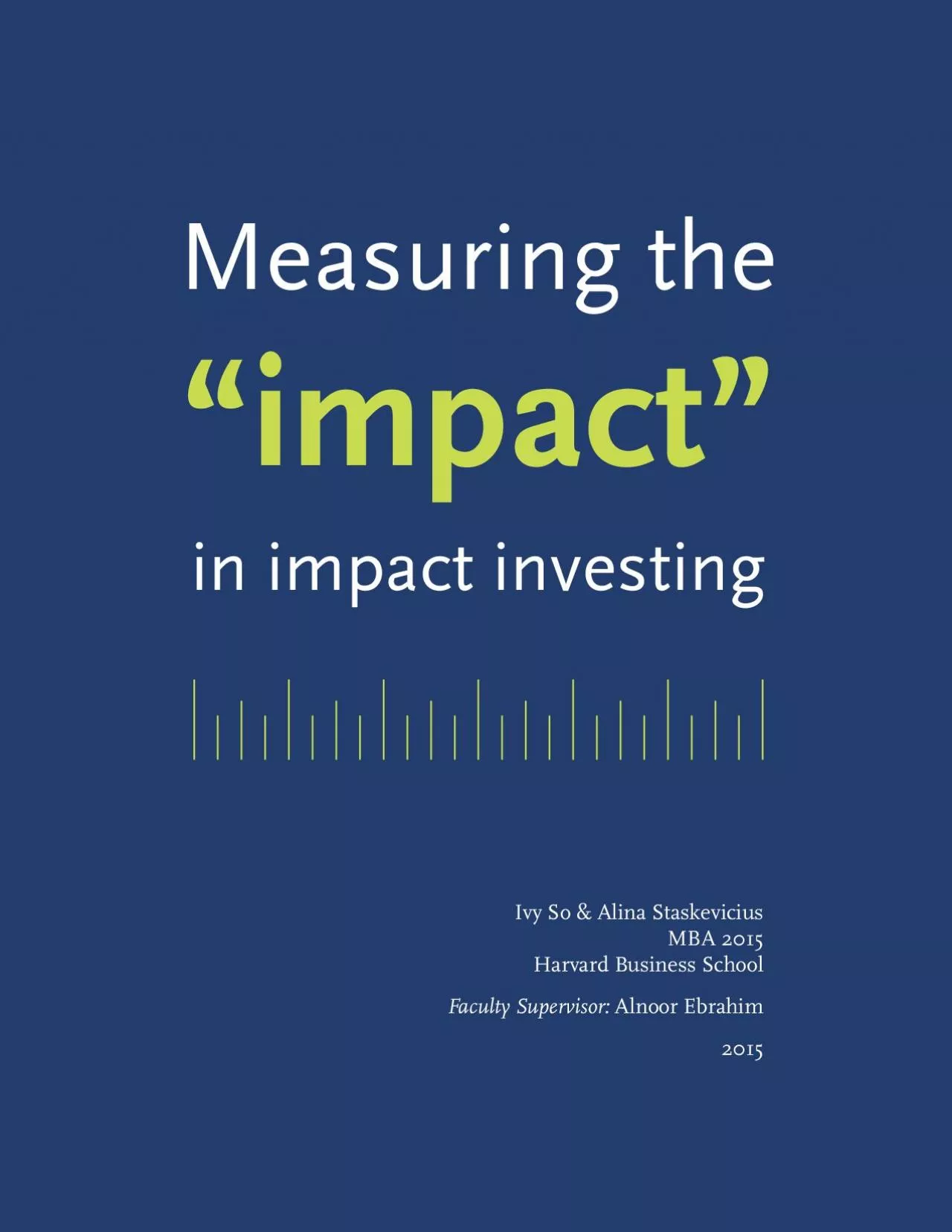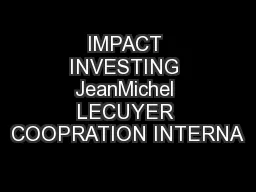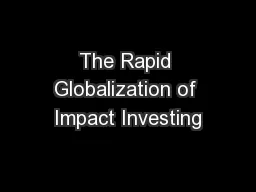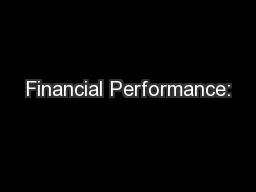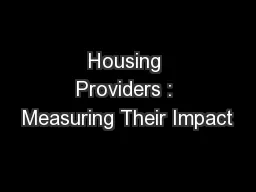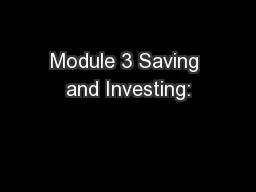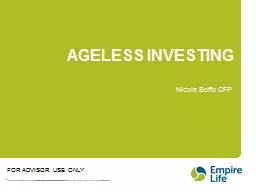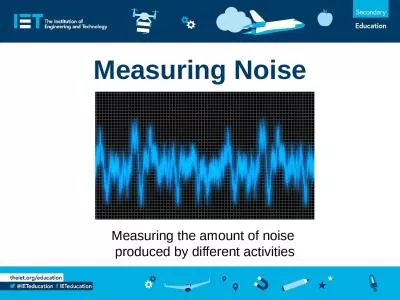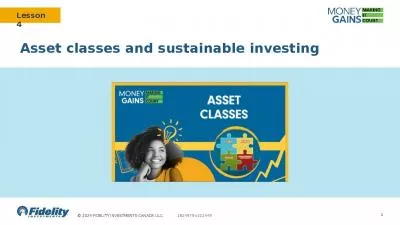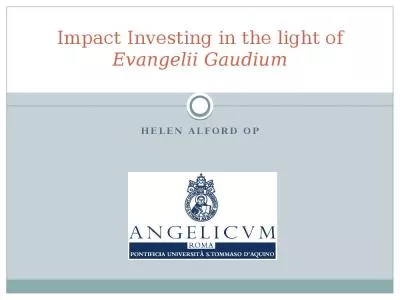PDF-Measuring the 147impact148 in impact investing
Author : badra | Published Date : 2021-10-02
Harvard Business SchoolFaculty Supervisor This report was developed as part of an independent project through the Harvard Business School Social Enterprise Initiative
Presentation Embed Code
Download Presentation
Download Presentation The PPT/PDF document "Measuring the 147impact148 in impact inv..." is the property of its rightful owner. Permission is granted to download and print the materials on this website for personal, non-commercial use only, and to display it on your personal computer provided you do not modify the materials and that you retain all copyright notices contained in the materials. By downloading content from our website, you accept the terms of this agreement.
Measuring the 147impact148 in impact investing: Transcript
Download Rules Of Document
"Measuring the 147impact148 in impact investing"The content belongs to its owner. You may download and print it for personal use, without modification, and keep all copyright notices. By downloading, you agree to these terms.
Related Documents

